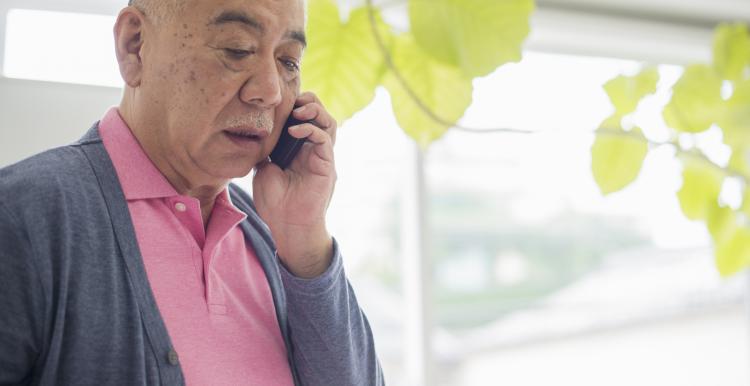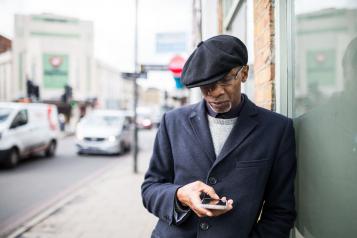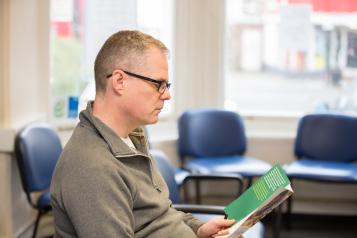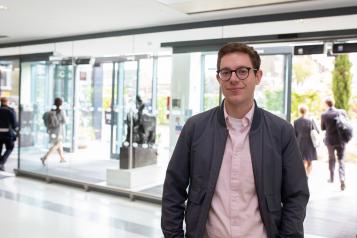NHS 111 First

The purpose of NHS 111 First is to:
- Reduce the risk of COVID-19 transmission in A&E settings
- Protect A&E for those whose need is most urgent
- Signpost and support the public to receive the right care in the right place, first time
- Reduce waits for treatment
Northamptonshire was selected as an early implementer of the programme and since late October, we have been piloting the programme ahead of the national launch on 1st Dec. To date the processes are working as planned and we are moving to an IT solution to support the next phase of work.
From 1st December 2020, a national and local public information campaign will ask the public to contact NHS 111 if they have an urgent, but not life-threatening health problem, before attending A&E. The NHS 111 service will take some details from patients to ensure they are directed to the right service, first time.
If A&E is the right service for them, a time window will be allocated to help ensure social distancing is maintained and help to keep the public and NHS service safe. Staff will be on hand within A&E departments to direct patients to the appropriate part of the waiting room or advise if there are any delays.
If it is determined another service is better placed to provide treatment to a patient, they will be redirected to that service by NHS 111 and where possible an appointment will be booked for them.
Patients arriving at A&E without contacting NHS 111 beforehand will not be turned away. A clinical navigator will confirm if a patient needs to be seen by a doctor in A&E or if there is another service which is more suitable to treat them. Patients who need to be seen within A&E will be treated according to clinical need but may be subject to longer waits than those who have come through the NHS 111 First route.
How do you use NHS 111 First?
You can contact NHS 111 either online or by phone 24 hours a day, 7 days a week. The service is free to use, including from a mobile phone.
Call 111
What should you do if you have a life-threatening emergency?
If you or a loved one has a life-threatening emergency, you should call 999 or go straight to your nearest emergency department. Examples of an emergency are:
- Loss of consciousness
- Acute confused state and fits that are not stopping
- Chest pain
- Breathing difficulties
- Severe bleeding that cannot be stopped
- Severe allergic reactions
- Severe burns or scalds
- Stroke
If you have been asked to wait at home until your appointment by NHS 111 and your condition changes, call 111 again. If you have been asked to wait at home by NHS 111 and you become seriously ill, call an ambulance.
A series of Frequently Asked Questions are available to read if you require further information.


